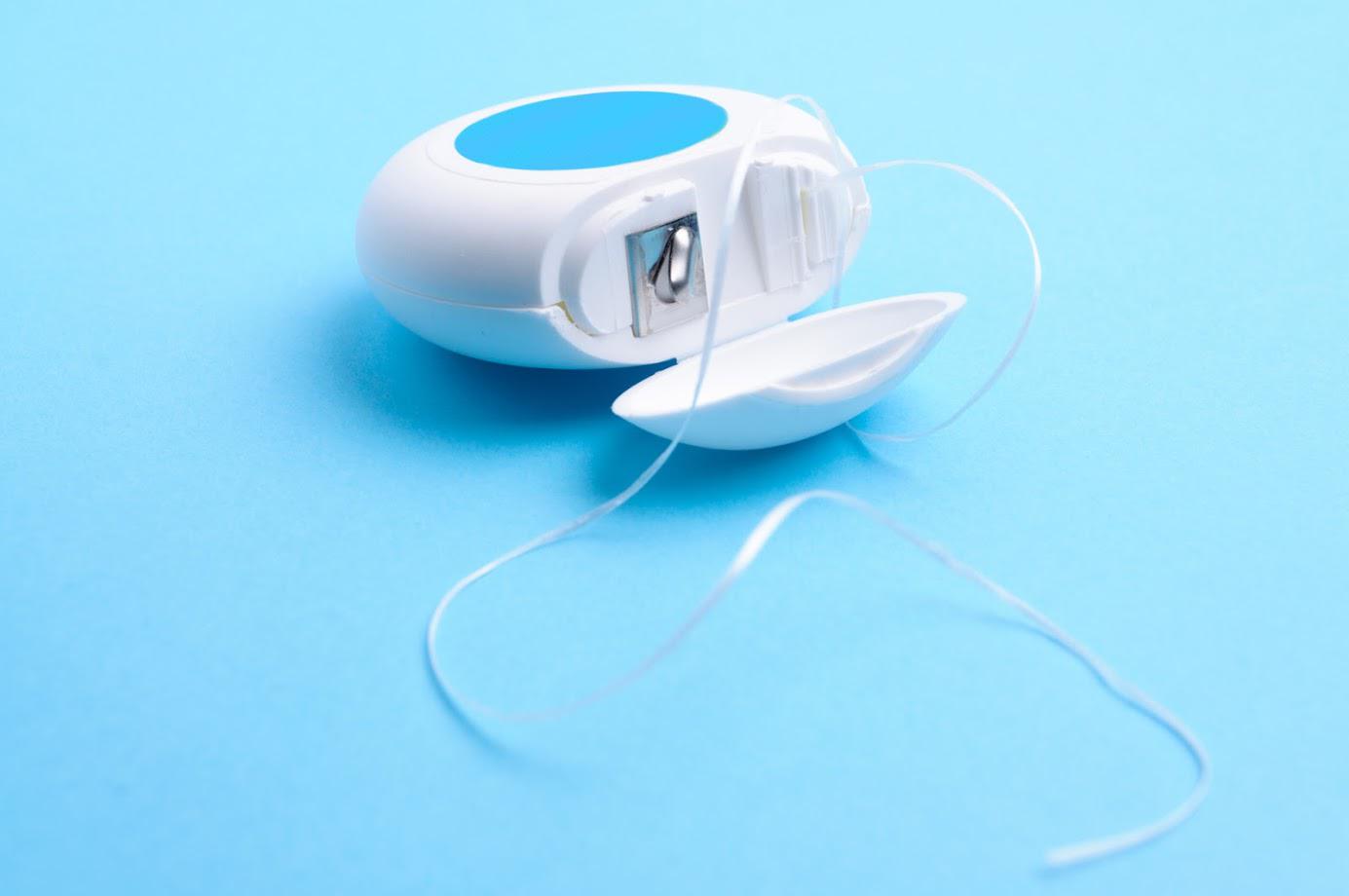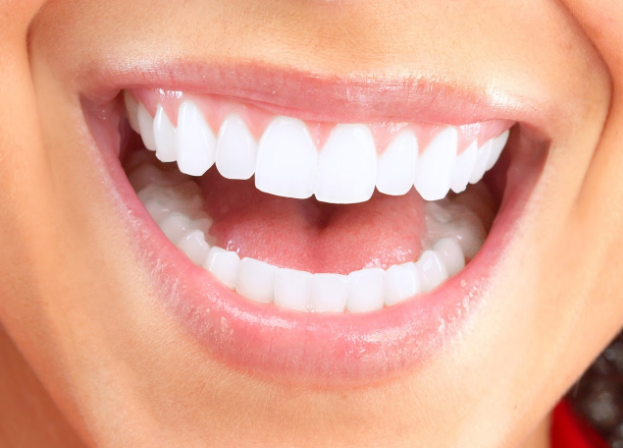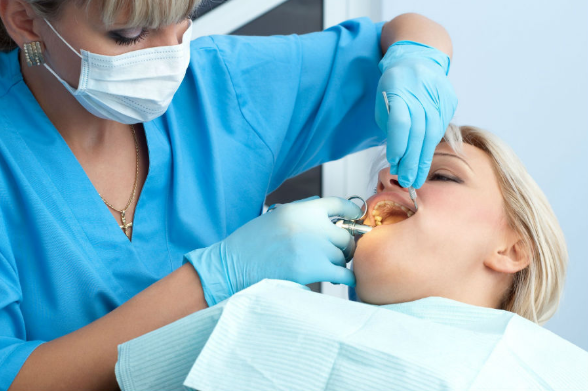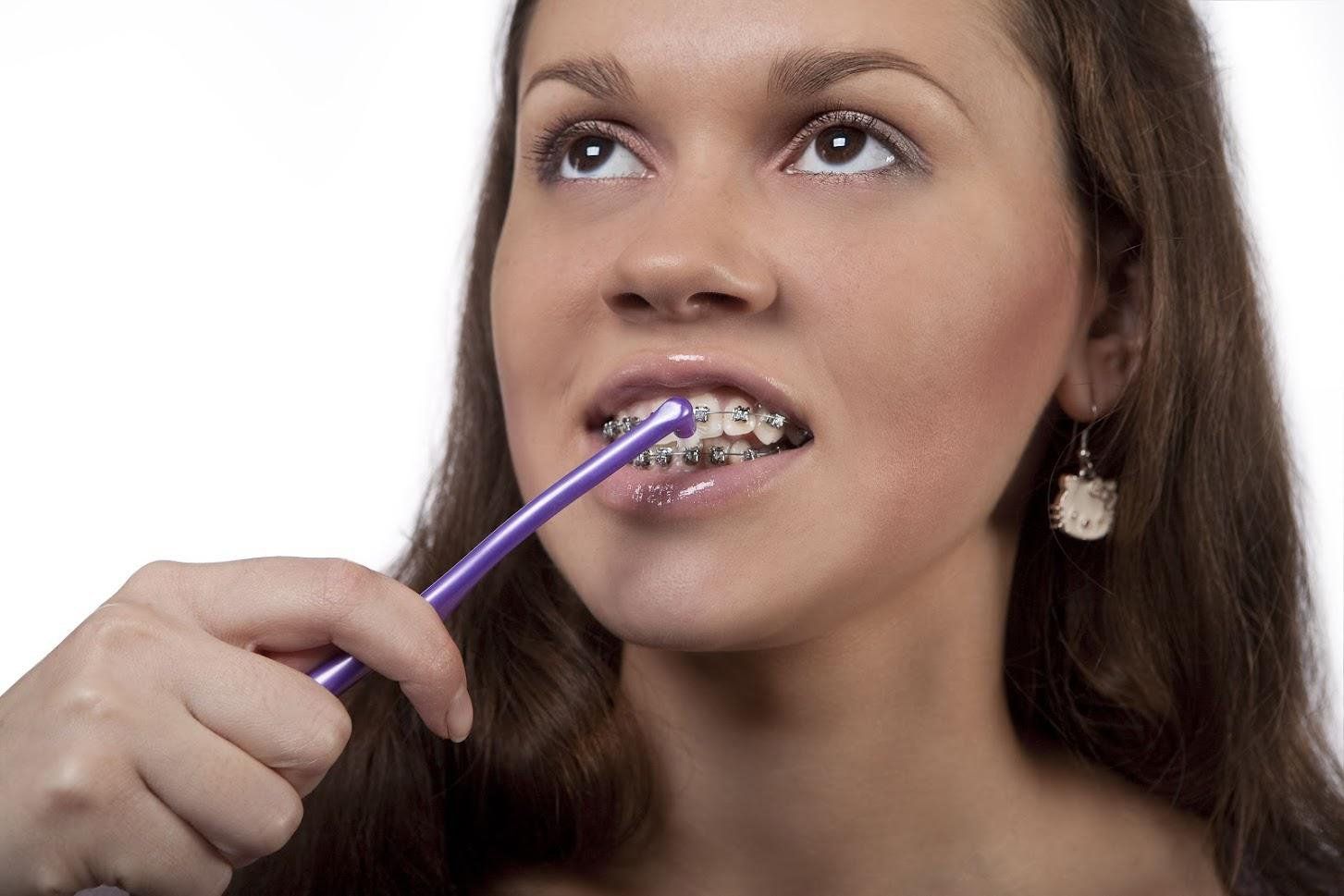4 Reasons Traditional Braces Are a Better Choice Than Aligners
- By Admin
- •
- 25 Feb, 2019
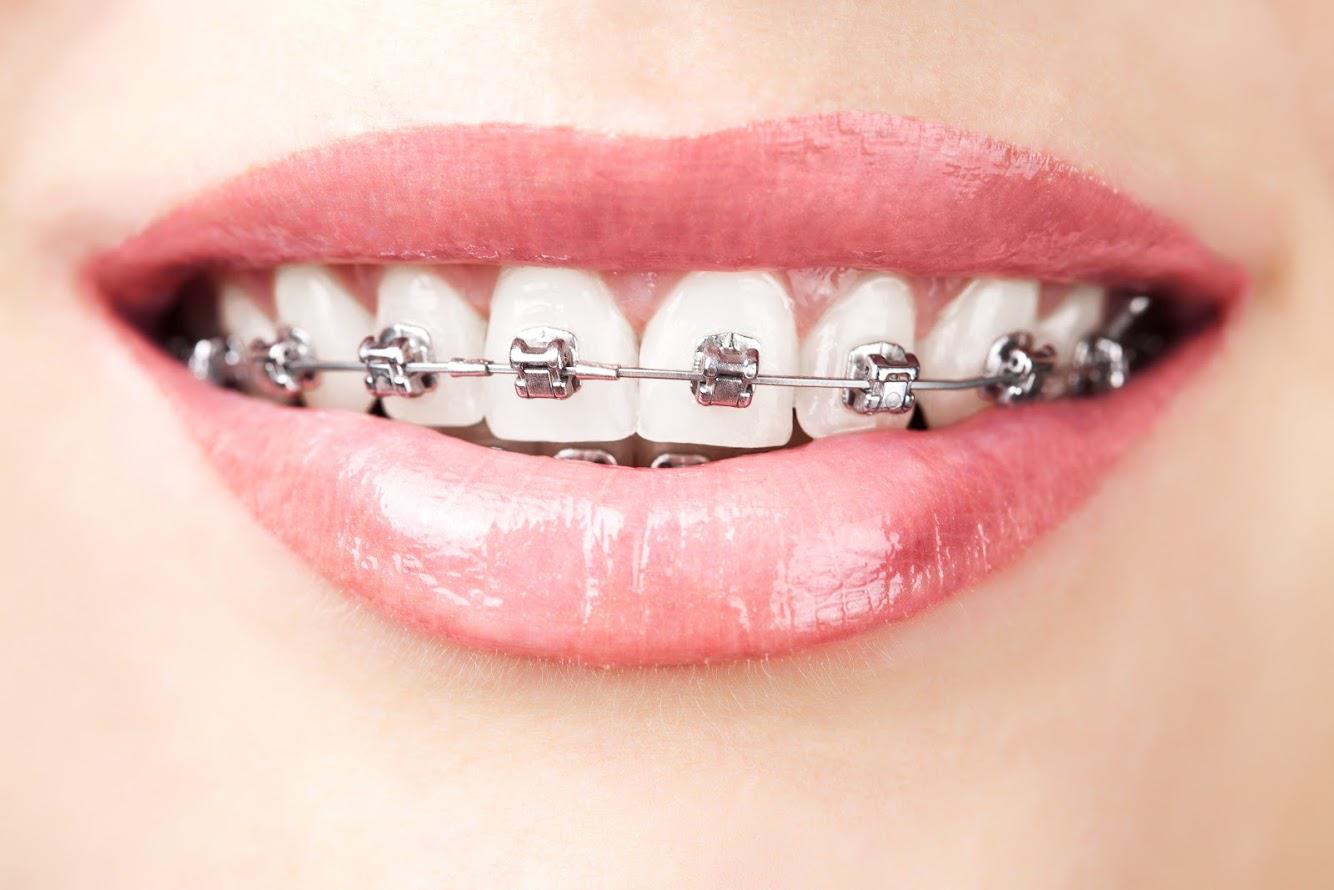
Many people have crooked or gapped teeth, and if you do, you know it can affect the beauty (and functionality) of your smile and your overall confidence. Luckily, braces have been around a long time to help straighten teeth for improved functionality and aesthetics. More types of braces continue to come out, such as invisible aligners.
However, traditional braces are still the ideal choice for these four reasons.
1. You Can't Remove Them
You can't remove traditional braces yourself. You'll have to wear them during your entire treatment, and only the orthodontist can remove them after treatment. The braces are occasionally tightened to move the teeth.
However, aligners don't need to get tightened. Instead, you get a new set of aligners every few weeks to reposition the teeth.
These aligners, however, are removable, so you can pop them in or out when you need to eat or brush your teeth. This makes cleaning your teeth easy, but it risks slowing treatment. If you don't wear your aligners enough (they are usually more comfortable than braces but can still hurt), your teeth will quickly return to their old positon.
2. They Fix More Problems
Depending on your concerns, invisible aligners may not be an adequate choice because they can't fix every problem. Therefore, you may end up spending more money with worse results than if you'd chosen traditional braces. Invisalign and traditional braces are both great for crooked teeth, overbite, gaps, crowding, etc.
However, if you have teeth that need to be raised to match the height of the other teeth or if you have rotated teeth, invisible braces may not be effective. Similarly, if you need to fix the midline of your teeth or large gaps, traditional braces may be best. Also, some dental work, such as dental bridges, prevent you from using Invisalign.
3. They Are Usually More Affordable
Orthodontia treatments aren't usually cheap, but traditional braces are usually cheaper and/or more cost-effective than Invisalign. You may pay between $3,000 and $7,350 for traditional braces. If you choose ceramic or plastic tooth-colored braces (which make them a little less noticeable), you may pay $2,000 to $8,500.
With invisible aligners, you may pay $3,000 to $8,000. Luckily, if your insurance covers orthodontia, both traditional braces and invisible braces are usually included, so you'll get a little help with the cost. If you lose a set of aligners during treatment, you'll need to spend a little more money to replace them.
4. They Are Great for Any Age
Invisalign is a common choice for adults because they can fix their teeth without a mouthful of metal. Invisible aligners are also available for teens. However, no options is available for children. Therefore, if you want to improve your child's smile, traditional braces are better because they can be used on kids, teens, and adults.
Even if your child is almost a teen, waiting to seek treatment may be a mistake. Fixing the problem early usually provides better results because your child's mouth is still forming. With traditional braces, you can get started on the procedures they may need before they can even get braces. Plus, by identifying problems sooner, your child may need less treatment time.
Not everyone is born with a perfectly straight smile, but thanks to braces, just about anyone can achieve the beautiful smile they want. Invisible braces may have many benefits, but they may not be great if you have severe concerns regarding your teeth. For more information about braces and how they can better your improve your smile over invisible braces, contact us at Donald E. Snyder Orthodontics.

